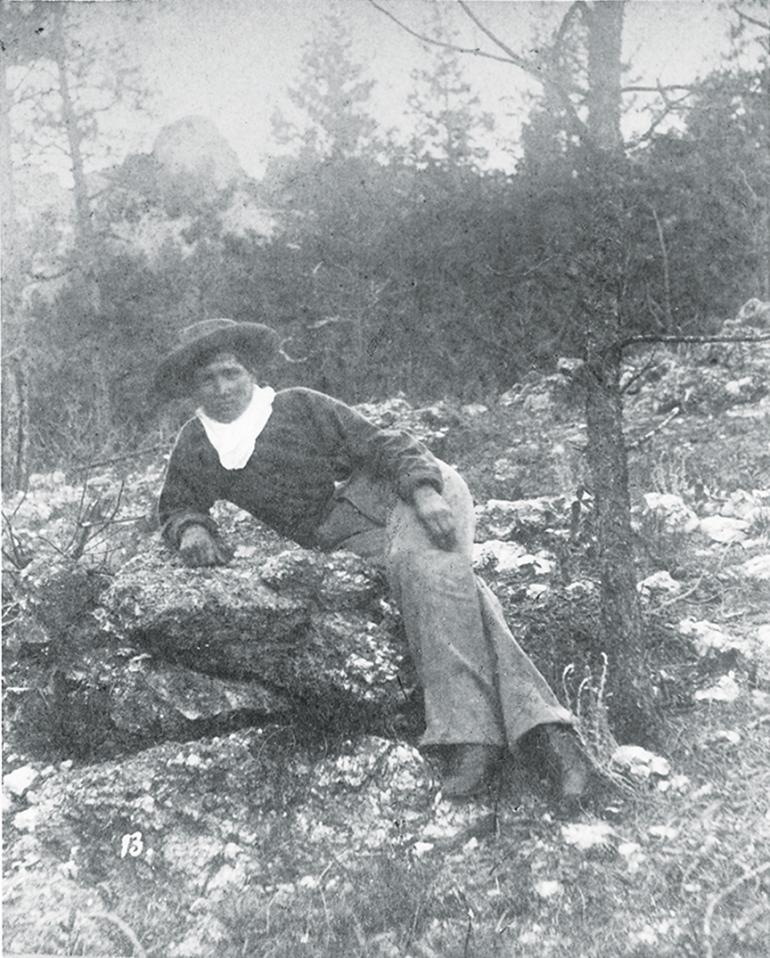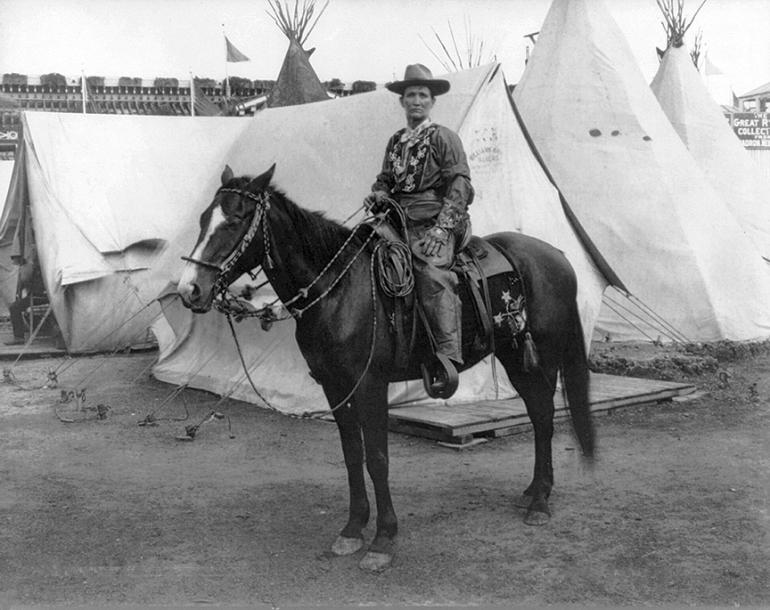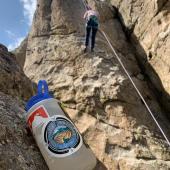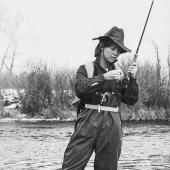Unplain Jane
The life and times of a frontier icon.
Late 1800s Montana was no place for a lady, unless of course that lady was Calamity Jane. One of the most famous women in the country at the time, and a living symbol of the frontier, Calamity, or Martha Canary, made the saloons and streets of Yellowstone Country her home, even living for awhile in Paradise Valley.
An icon of the West, Calamity’s story is loaded with fables and exaggerations, many created by her and her promoters. There are, however, certain facts historians agree upon, sort of. Orphaned at the age of 12 or 13, Martha Canary wandered America’s frontier as a camp follower: a civilian who follows army camps. She learned to ride, shoot, and fight, enduring all manner of hardships, hence the nickname Calamity, or Calamity Jane. She was eventually hired as an entertainer in shows and exhibitions, and while there’s no evidence of her ability to read or write, she could spin a yarn with the best of them, dictating a short autobiography entitled Life & Adventures of Calamity Jane.
It’s here that Calamity mentions buying a ranch along the Yellowstone River in 1882. She also ran a wayside inn, where travelers could find food, drink, and trouble if they were looking for it. For the next 20 years, Calamity Jane reportedly lived off and on in Livingston, in a mining settlement just north of Gardiner, and in other nearby communities. Yellowstone National Park issued Calamity a permit to sell her autobiography to visitors, and she entered several times for this purpose. It’s even been said that at one point she led pack trains through the Park to Cooke City at the northeast entrance.
In her last years, Calamity Jane’s circumstances worsened, due in large part to alcohol. She was often disorderly in public, had little or no money, and landed in jail more than once. Calamity died in 1903 while traveling in the Dakotas, and was buried in Deadwood, South Dakota where she had once lived. Deadwood’s historical records state that Calamity’s grave is next to that of Wild Bill Hickock, a man she considered a friend but more than likely, barely knew. Local legend claims that strange noises rise from Hickcock’s grave—the sound of someone turning over.
Newspapers from coast to coast reported Calamity’s death, often stating that she had been a scout for General Custer, a hero in army maneuvers, a master bull-whip fighter, and other fictions about her life. A few papers criticized Calamity’s notorious behavior, and the Gardiner Wonderland commented that, by dying, “Calamity Jane finally [did] the right thing.”
In her short life, Martha Canary managed to persist and survive, becoming hugely famous through tall tales that promoters were eager to publicize and people were eager to believe. Her true-life story, however—orphaned on the Western frontier, probably illiterate, a public figure with a generous soul—is perhaps more interesting than any fictional account.












